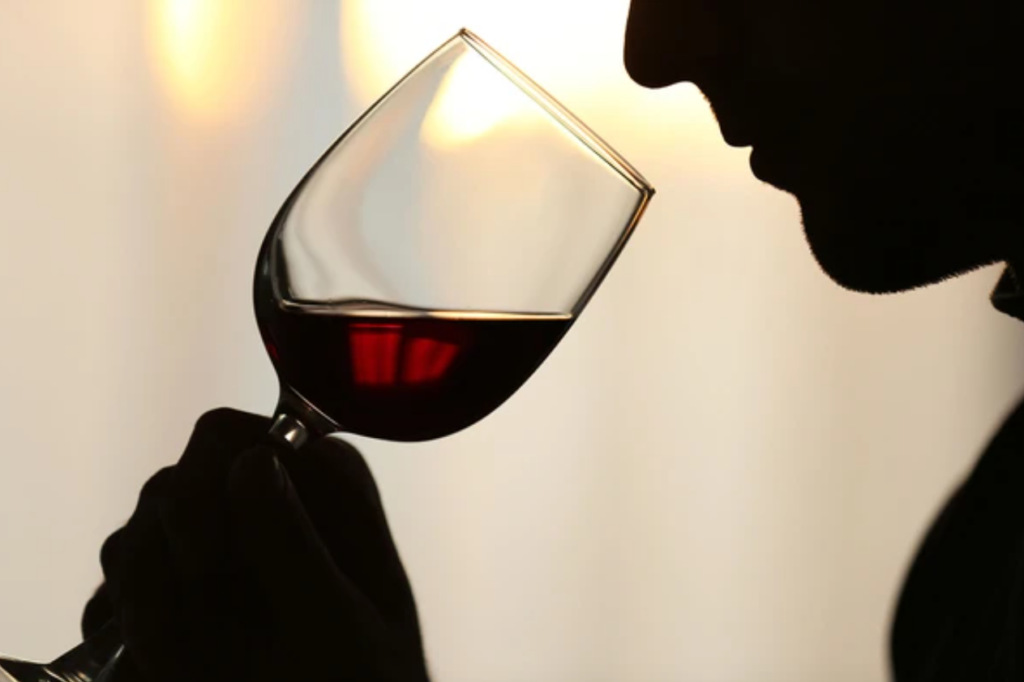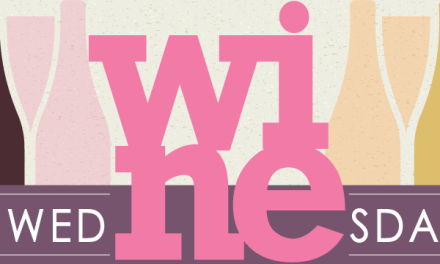“I cook with wine; sometimes I even add it to the food.” – W C Fields
Have you ever felt like you’re on stage at a fancy wine audition when the waiter brings over a bottle, shows it to you like a proud parent, pours a sip, and then just…waits? All eyes are on you as you quickly sniff, mutter “Yes, that’s fine,” and avoid eye contact like you’re in a very niche witness protection program. Been there, I promise you. Even after studying wines, I still sometimes feel like I’m one sniff away from blowing my cover as a wine novice.
But fear not! Whether you’re at a restaurant or a wine tasting, these simple tips will have you looking like a pro faster than you can say “terroir.”
Looking at the Wine
This is your moment to channel your inner wine detective. Hold the glass by the stem—yes, it feels weird, but fingerprints on the bowl are the wine equivalent of wearing socks with sandals. Tilt the glass slightly and admire the color. A wine’s hue is like its personality: bold and dark from a warm, sunny upbringing or pale and delicate from a cooler, rainier season. Basically, you’re Sherlock Holmes, but instead of solving crimes, you’re solving vintage mysteries.
Swirling the Wine
Swirling is the universal symbol of “I know what I’m doing,” but it’s trickier than it looks. Start by holding the glass on a flat surface and gently swirl by the stem. If you’re new to this, practice at home with water first—spilled wine is a tragedy best avoided. Pro tip: swirling also makes you look philosophical, so bonus points if you stare into the glass like you’re contemplating life’s mysteries.
Smelling the Wine
Here’s where you really embrace the moment. Stick your nose in that glass like you’re trying to find your lost car keys. Inhale deeply, and if anyone asks what you’re doing, just say, “I’m communing with the bouquet.” It sounds fancy and vaguely mystical. At wine tastings, try describing what you smell—chocolate, burnt wood, or even that mysterious “tobacco spice” everyone pretends to recognize. If it smells like vinegar, congratulations, you’ve just discovered a corked wine. Politely send it back and resist the urge to yell, “Aha! Gotcha!”

Tasting the Wine
Ah, the best part! But tasting wine isn’t just about drinking—it’s about savoring. Take a small sip (keyword: small), swirl it around your mouth, and let it hit all your taste buds. This is your chance to channel your inner wine poet. “I’m getting hints of blackberry, a touch of oak, and… wait, is that a whisper of rebellion?” You’ll start noticing flavors you never expected, and if anyone looks at you funny, just shrug and say, “It’s a Gemini wine—complex and full of surprises.”

The Finish
After you swallow, take a moment to savor the lingering taste. The longer it stays, the higher the quality—or at least that’s what we tell ourselves as we savor that bottle we splurged on. A shorter finish doesn’t mean it’s bad; it just means the wine knows how to make an exit.
Wine tasting is an adventure, a sensory treasure hunt that gets better with practice (and maybe a few missteps along the way). So, the next time you’re faced with a waiter holding a bottle like it’s the crown jewels, take a breath, channel your inner wine expert, and give it a swirl, a sniff, and a sip. Just don’t forget to smile—you’ve got this.
Source: Wine Spectator, Sotheby’s Encyclopedia of Wines, Wine.com








